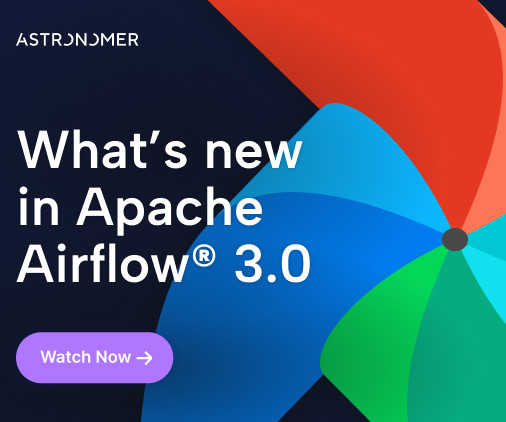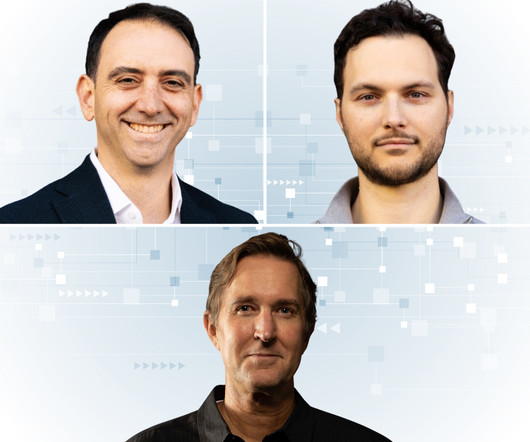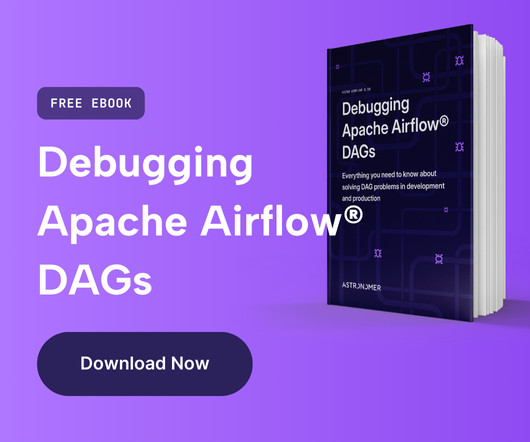10 GitHub Awesome Lists for Data Science
JULY 1, 2025
Blog Top Posts About Topics AI Career Advice Computer Vision Data Engineering Data Science Language Models Machine Learning MLOps NLP Programming Python SQL Datasets Events Resources Cheat Sheets Recommendations Tech Briefs Advertise Join Newsletter 10 GitHub Awesome Lists for Data Science Most popular educational resource list on GitHub for Python, R, SQL, analytics, machine learning, datasets, and more.












































Let's personalize your content